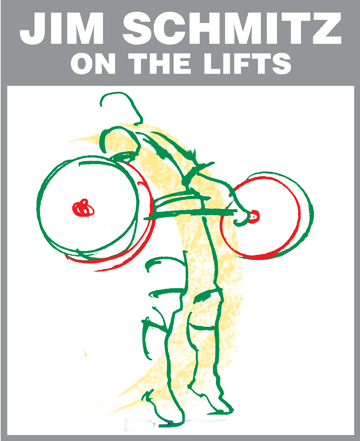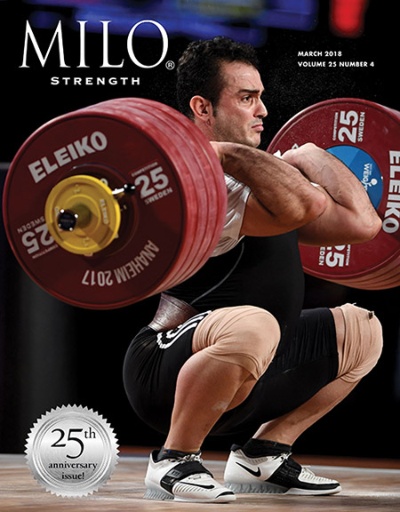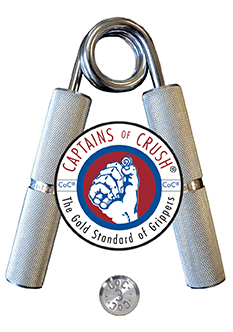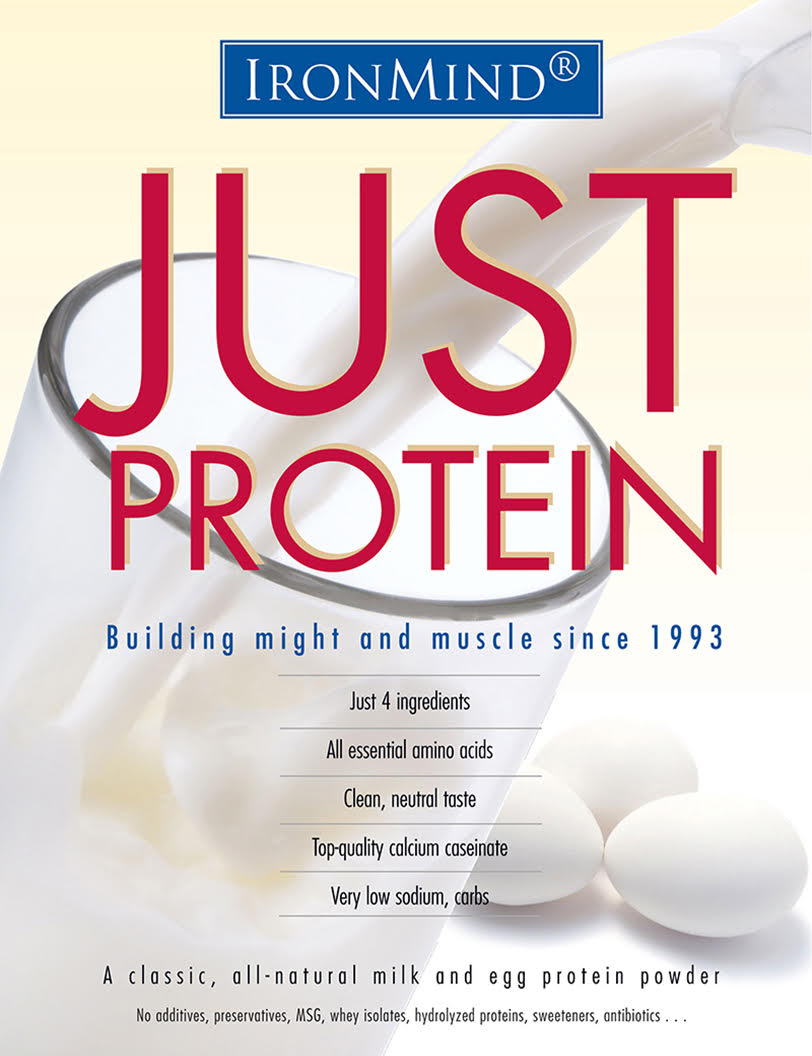
U.S. Olympic Weightlifting Team Coach 1980, 1988 & 1992 Author of Olympic-style Weightlifting for Beginner & Intermediate Weightlifters Manual and DVD
Periodization refers to cycling, which means training in planned periods or cycles. That is, you organize and plan your workouts with different and varying intensities and volume. Intensity means how close to your maximum you lift, and volume means how many sets and repetitions you do. Individual workouts and groups of workouts are planned out based on goals and competitions. You can get quite detailed and complicated in planning your periodization, and many strength athletes don’t want to spend their time on a computer or figuring out their intensities, volumes, and percentages of their workouts.
So, I’m going to discuss an “instinctive periodization” method. I started weightlifting in 1960 and there wasn’t all the information and discussions on periodization, if any, as there is today. In fact, there are many books and articles written on the subject now if you want to really get into it. The only thing the training programs that were put out by Bob Hoffman and Joe Weider said on the subject was to have light, medium, and heavy workout days and take occasional layoffs. The first I heard about cycling workouts was at Alex’s Gym around 1965. There was a big argument as to how long it took to recover from maximum lifts such as squats and bench presses. There were many opinions on 7, 10, and 14 days for complete recovery.
This discussion got me thinking a lot about cycling, as we called it then (and later on it was called peaking). I observed those who lifted the most and watched how they trained and asked many questions. Most of the guys didn’t even have workout logs; they just came in and trained as hard as they felt like. It seems they would train as hard as they could on a routine and when they got burned out (now called overtrained) or injured, they would change the routine or lighten up or take a layoff until the injury healed.
So, if you don’t want to get into detailed periodization and you want to train how you feel (instinctive), that’s fine. However, you should know some basic training periodization principles which will make your training more productive. We all know you must train hard, but how many of you know that you must train medium and light, too? I know many think light workouts are like not working out at all and not worth the time, but that is absolutely incorrect. Light workouts speed up recovery faster than not working out at all.
Also, you can’t go workout after workout, week after week, for months on end training at your absolute hardest—you’ll burn out or get injured. Therefore, I recommend that you have one light week (50–70%) and one medium week (70–80%) every month and one heavy week (80–90%) and one maximum week (90–100+%), and that you don’t do two heavy workouts back to back; have at least one day off in between or a very light workout. There are several ways to arrange your weeks. One is to go light, medium, heavy, then maximum, and then back to light. Another way is to go medium, heavy, light, then maximum, and then back to medium.
Also, find out which day of the week you are your strongest and have the most energy. We all have certain days of the week where we will have better workouts due to school, job, or family obligations. Find your day and train your hardest then. Even though this is supposed to be instinctive training, you really do need some plan for your best workouts. If you just train hard when you feel like it, that is okay, but remember, you must have light and medium workouts and weeks. If you don’t, nature will dictate to you through injuries, soreness, and fatigue, and force you to train light to medium or not train at all.
The most important thing for instinctive training is knowing your body and listening to it. It takes time to learn how to train instinctively, so be aware of your body and its aches and pains, and your energy. I do recommend using a training log book to keep records of your workouts, because “the dullest pencil is better than the sharpest memory.”

















